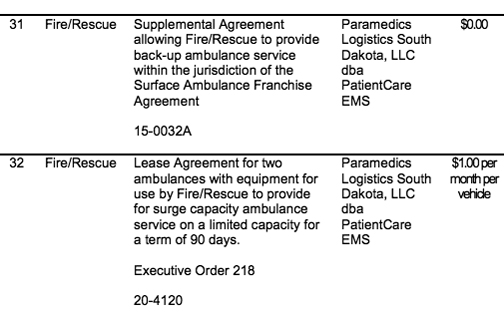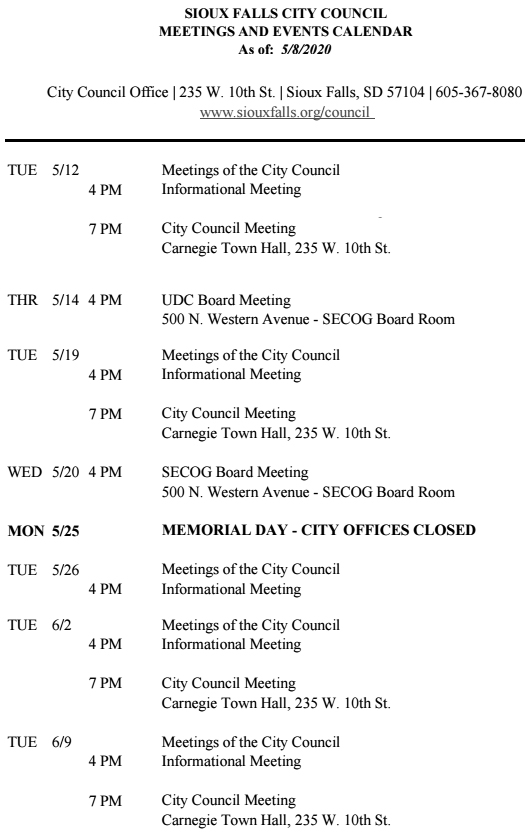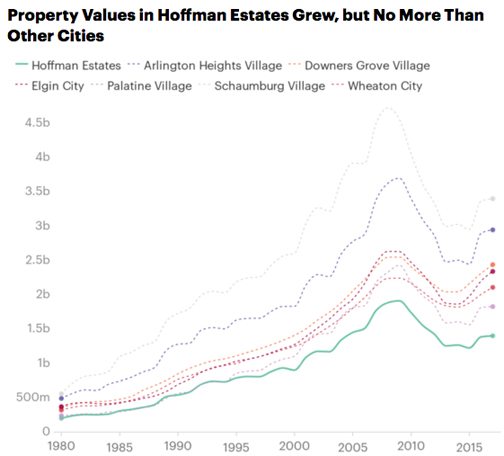May 2020
UPDATE II: Is the 26th Street Bridge Project having issues?
UPDATE II: I got word today that the contractor DID NOT send out a letter to neighboring businesses (but were given a verbal notice). There also seems to be a denial about the time line and why that timeline has moved (From the Public Works Department);
Project update – The extensive wet weather of 2019 and a private utility relocation issue, has the project tracking 8-12 weeks behind schedule. The project team is working to see if segments of the remaining project can be accelerated to make up for some of the delays noted in 2019. Our goal is to open the road to traffic this year (2020).
Funny, according to this post on the city website; Â
Completion Date: July 2021
That’s more like 8 months overdue and not 8 weeks. The original promise date was November 2020. So which is it? And why is it?
UPDATE: FF Video to 7:40
I heard a rumor today that the general contractor sent a letter to neighboring businesses that there could be delays in the project. The supposed problem is the new part of the project is NOT matching up with the I-229 overpass.
There of course are some unknowns here;
• Who got the letter (and does it exist)?
• Why is the general contractor sending it out (did they send it or did the city or state DOT)?
• Who’s fault is it? The Engineers? The Contractor? The city? The state? The railroad?
• If this is true, will taxpayers be on the hook?
This is around a $32 million dollar project. If there is a major SNAFU, who will be on the hook? If this is happening, maybe we should call this the ‘Bunker Ramp Bridge’.
Stay tuned. I have a feeling others in the local MSM have been sniffing around.
Is the City of Sioux Falls ‘experimenting’ with a public ambulance service?
So if you were going to tip your toes into the water, wouldn’t you have told the city council in an informational or the public instead of burying it in the consent agenda? Notice it is an executive order,
Item #6, Approval of Contracts, Sub Items 31-32;

I have a feeling it was buried because we are being used as a pawn in a game being played by a for-profit ambulance service. We’ll see if this gets pulled tomorrow night for discussion.
Also the Public Works Director was asked what was going on with the 26th Street project . . . radio silence. I guess that’s telling me it’s worse than what we may imagine.
Sioux Falls City Council Agenda, May 19, 2020
SIDENOTE: I have been trying to get information from the city about how many city employees have been working from home during Covid, and more specifically what departments these people work in. I have yet to get a ‘number’ of how many people it has been. I am also curious how many of them have been working full-time. In other words has the city’s IT department tracked their computer/phone use. The only information provided is what Mayor TenHaken said in a press conference that ALL city employees at home have been working. Okay. Please provide the proof.
Informational Meeting • 4 PM
Presentations on Covid, April Financials, Legislative Priorities and Election update. There is no link right now, but I think the April financial report will be very telling of the economic sales tax impact to Sioux Falls.
Regular City Council Meeting • 7 PM
Item #6, Approval of Contracts.
Sub Item #1, Provide Consulting to Develop a Formal Electrical Safety Program, $52K. Apparently the city needs to hire a professional consultant to teach city employees how not to stick a fork in a light socket.
Sub Item #18, Debt Collections Services by AAA Collections. Besides receiving a 24% commission collecting on delinquent accounts, AAA has a very poor rating.
Item #20, State Theatre beer/wine license. This is the final reading of the license application. It will be an interesting discussion considering the council denied a license to West Mall Movie Theater, 8-0.
Item #28, Citizen Board Approval. Eric Weisser to the Washington Pavilion Board of Trustees. Eric is of course is the VP of Weisser Distribution. He also used to employee the failed Tech Director for the city, Jason Reisdorfer. While Eric has been very successful as an online tool salesman, I’m not sure why someone like this would be appointed to a board of an arts institution.
Item #31, A RESOLUTION OF THE CITYÂ OF SIOUX FALLS, SD, ENCOURAGING SIOUX FALLS LANDLORDS TO SHOW FLEXIBILITY DURING THE COVID-19 PANDEMIC.
This of course is just a ‘friendly’ suggestion from the Mayor and City Council. There is NO legal teeth in this resolution but typical of our ‘Youth Pastor’ Mayor who likes to give free advice on how to live our lives. It is in city ordinance that ALL landlords must register with the city (many do not), so they could at least enforce some of these suggestions through ordinance especially if we controlled the million bucks we passed off to a non-profit with no oversight;
• Immediately stopping the assessment and accrual of all late fees and penalties for nonpayment of rent for those impacted directly by COVID-19.
• Demonstrating flexibility with rental due dates for those impacted directly by COVID-19.
• Allowing tenants who have been directly impacted by COVID-19 to pay partial amounts of rent and provide a written agreement for full restitution.
• Accepting payments from the One Sioux Falls fund with no further financial obligation to the tenant.
• Stopping the pursuit of evictions exclusively for nonpayment of rent for those impacted directly by COVID-19.

Further Proof TIFs provide little to no economic impact
There has been some people asking me lately ‘What’s going on with the Sioux Steel project?’ I have no idea. There have been rumors that since the land snafu was discovered there has been a state investigation. Don’t know. Some also are wondering if investors have pulled funding due to Covid. Don’t know. Either way, good times or bad, state land deal aside, TIFs are worthless and only benefit the developer.
This story shows after 30 years, and $500 million in TIFs there has been virtually NO economic impact.
The results were persuasive: the CTBA study found no evidence that the massive package of tax incentives made a long-term difference to the economic well-being of Hoffman Estates compared to that of other similar nearby suburbs that did not make such corporate deals.
Simply put, the study found that the Sears deal was the economic equivalent of an energy drink: It provided a jolt of caffeine and sugar that quickly wore off.
The truth is, Hoffman Estates and its neighbors were already primed for strong economic growth when the Sears deal was hashed out in 1989.
This has often been one of my biggest arguments against TIFs in Sioux Falls. The developers are already doing well (well at least up until Covid hit). We have had record breaking building permit valuations 6 years in a row even without all the public buildings and non-profit facilities that pay NO property taxes. Why would developers need an incentive? TIFs are, and remain to be developer welfare and little else.

Hoffman Estates and Illinois provided $536 million in incentives to Sears to build its headquarters and other development projects. Despite the infusion of funds, Hoffman Estates’ property values trended the same as other, nearby towns that did not spend nearly as much in tax breaks. (Chart: Lylla Younes Source: Illinois Department of Revenue)